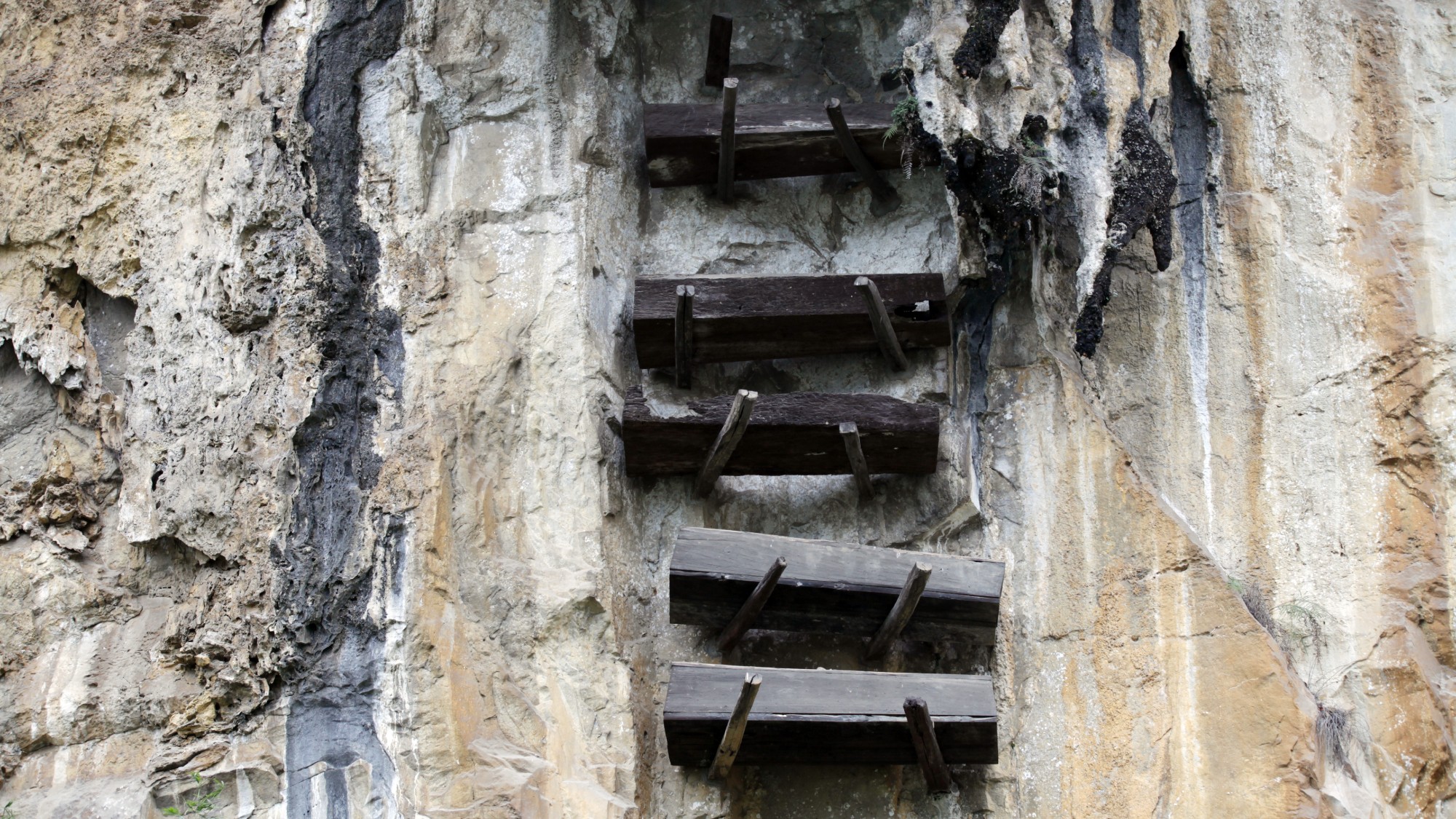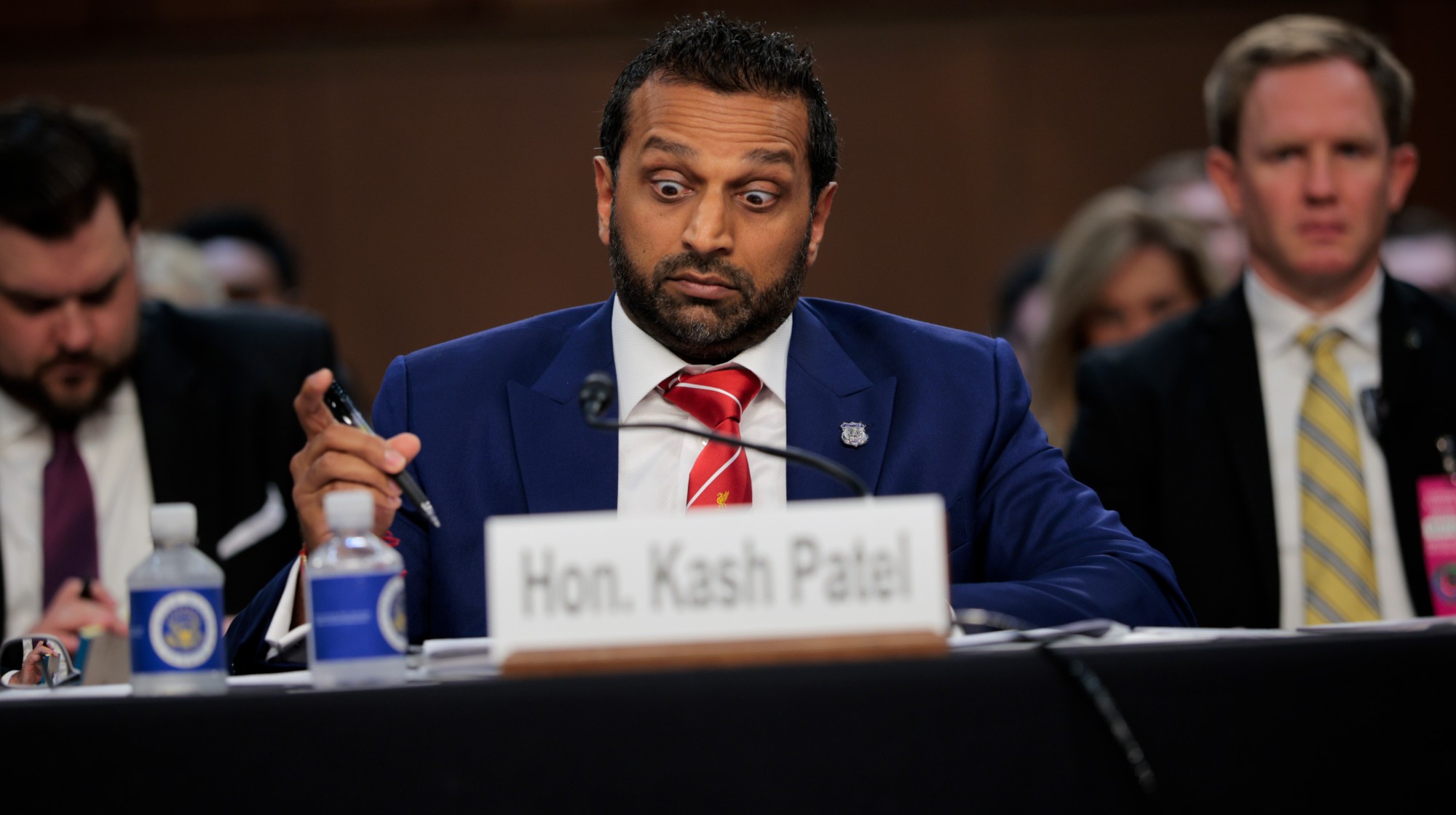Hope and Healing: Painting in Italy in a Time of Plague, 1500–1800
From Giovanni Martinelli to Carlo Coppola, this exhibition brings together artists’ representations of three hundred years of disease and tragedy in Italy.
This 'œambitious and unusual show' traces the links between the ravages of disease, the logic of faith, and the consolations of art, said Christine Temin in The Boston Globe. It brings together 37 works by European artists made as responses to and records of a succession of scourges: cholera, typhus, and, most often, bubonic plague. The works manage to turn 'œeven the grisliest of subjects into beautiful paintings.' In Giovanni Martinelli's Memento Mori (Death Comes to the Dinner Table), wealthy, silk-clad feasters recoil at an ominous skeletal figure entering the scene. The meaning is clear. Others require some knowledge of the visual codes of the time. Arrows, for instance, symbolized the plague. St. Sebastian, who was pierced by multiple arrows by the Romans yet nursed back to health, came to stand for a protector.
The exhibition helps us to see these paintings as people in their time did, said Holland Cotter in The New York Times. That is, as 'œdevotional icons rather than as old master monuments.' The image of the Archangel Michael was 'œadopted as a talisman against disease' after Pope Gregory supposedly saw him perched on Hadrian's tomb after a plague that hit Rome in 590. A few artists favored realistic, almost reportorial images. Carlo Coppola's Pestilence of 1656 in Naples reveals 'œa grim scene of bodies being hauled off in hasty, unceremonious trips.'
The works have clear contemporary resonance as well, said Michael Powell in The Washington Post. The paintings show babies turning from plague-stricken mothers and saints tending to the ill. What makes them feel so acutely modern is 'œthe evocation of contagion and helplessness, and the fear that is their handmaiden.'
The Week
Escape your echo chamber. Get the facts behind the news, plus analysis from multiple perspectives.

Sign up for The Week's Free Newsletters
From our morning news briefing to a weekly Good News Newsletter, get the best of The Week delivered directly to your inbox.
From our morning news briefing to a weekly Good News Newsletter, get the best of The Week delivered directly to your inbox.
The Wall Street Journal
A free daily email with the biggest news stories of the day – and the best features from TheWeek.com
-
 The curious history of hanging coffins
The curious history of hanging coffinsUnder The Radar Ancient societies in southern China pegged coffins into high cliffsides in burial ritual linked to good fortune
-
 The Trump administration says it deports dangerous criminals. ICE data tells a different story.
The Trump administration says it deports dangerous criminals. ICE data tells a different story.IN THE SPOTLIGHT Arrest data points to an inconvenient truth for the White House’s ongoing deportation agenda
-
 Ex-FBI agents sue Patel over protest firing
Ex-FBI agents sue Patel over protest firingspeed read The former FBI agents were fired for kneeling during a 2020 racial justice protest for ‘apolitical tactical reasons’
-
If/Then
feature Tony-winning Idina Menzel “looks and sounds sensational” in a role tailored to her talents.
-
Rocky
feature It’s a wonder that this Rocky ever reaches the top of the steps.
-
Love and Information
feature Leave it to Caryl Churchill to create a play that “so ingeniously mirrors our age of the splintered attention span.”
-
The Bridges of Madison County
feature Jason Robert Brown’s “richly melodic” score is “one of Broadway’s best in the last decade.”
-
Outside Mullingar
feature John Patrick Shanley’s “charmer of a play” isn’t for cynics.
-
The Night Alive
feature Conor McPherson “has a singular gift for making the ordinary glow with an extra dimension.”
-
No Man’s Land
feature The futility of all conversation has been, paradoxically, the subject of “some of the best dialogue ever written.”
-
The Commons of Pensacola
feature Stage and screen actress Amanda Peet's playwriting debut is a “witty and affecting” domestic drama.